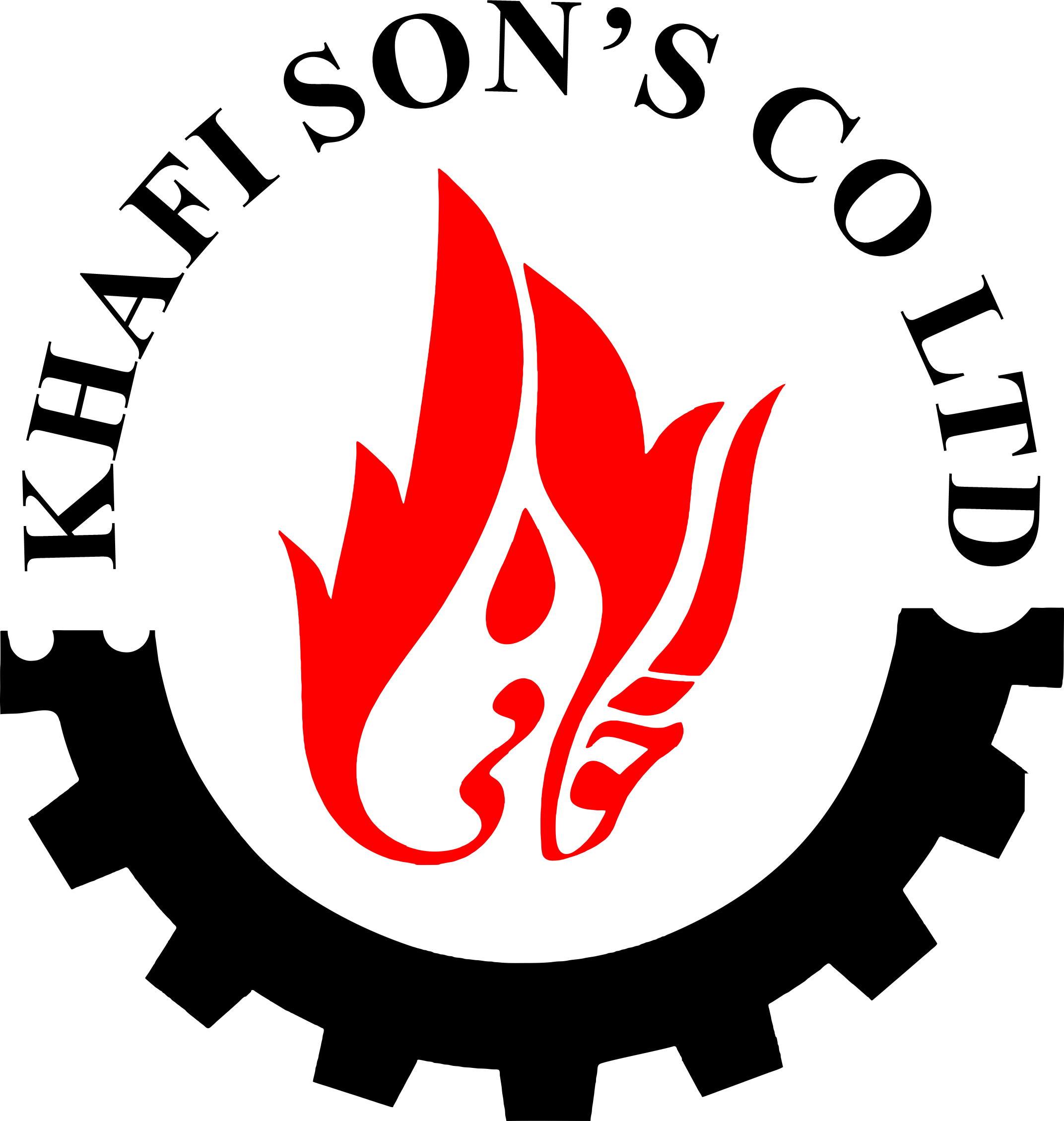Mining Exploration and Laboratory Company (Hariwa Ayubi)
Mr. Aziz Ahmad “Taheri” and Deputy Mr. Majid “Majidi” led the establishment of the Mining Exploration and Laboratory Company (Hariwa Ayubi) in 1403. The company is licensed by the General Directorate of Central Registration and Intellectual Property of the Ministry of Industry and Commerce of Afghanistan under license number 29905. The concentration is on laboratory examination of mineral rocks and mining exploration. The corporation wants to invest in Afghanistan because the Ministry of Mines and Petroleum views the country’s mining as one method of achieving self-sufficiency and has recently been aggressively seeking investment for the extraction and exploitation of the country’s mines. It is dedicated to expanding mining operations in Afghanistan and is acting honorably while adhering to the country’s mining laws and regulations.
We think that the company will be able to actively contribute to raising the GDP and economic prosperity of the nation through its mining operations.
The establishment of a laboratory aims to:
In order to better comprehend the Earth’s history and natural processes, the laboratory’s goal is to investigate and research the structure and composition of minerals. This involves looking at rocks, minerals, and fossils. A group of skilled and knowledgeable engineers that specialize in mining exploration and laboratory testing make up Hariva Ayubi Company.
Experiments and studies pertaining to the production, qualities, and extraction of minerals are conducted at mining laboratories. Mineral sample analysis, extraction method reviews, production evaluations, and environmental impact assessments are a few examples of these studies.
Because each mineral is different in both its chemical and physical makeup, precisely identifying each one is crucial to the subject of mineral extraction. It’s the initial phase of a mining project. Because we can determine whether a mine is profitable and proceed with the necessary actions by examining the chemical and physical characteristics of minerals.
Setting up labs for petrography and mineral identification is one of the useful methods for identifying minerals and their attributes. Depending on the properties of the mineral and rock being studied, there are multiple ways to identify them. Sometimes a mineral or natural stone can be identified with ease using one’s experience; other times, a thorough investigation is required.
Examining the mineral’s physical characteristics is part of the first identification process. Thin, polished sections of minerals and rocks are investigated using diffraction and reflection polarizing microscopy in instrumental identification methods. The proper identification of minerals also involves the employment of supplementary and precise techniques such electron microscopes and devices (XRD, XRF, ICP,…) and other equipment.
Laboratory steps:
Based on the standard, laboratories have specified and particular working steps based on the type of mineral testing. These steps are as follows:
• Sampling
• Coding
• Sorting samples
• Wash
• Drying
• Photography
• Weighing
• Crushing
• Splitting samples
• Powdering the samples
• Package
• Analysis
• Reporting
Steps in mining exploration:
The United Nations has classified the stages of exploration into four categories. These are the following stages:
- Recognition stage
- Prospecting stage
- General Exploration stage
- Detailed Exploration stage
The identification phase:
The earliest phase of mining exploration is called identification, during which we look for anomalies or indications of rocks, minerals, or oxides of a mineral, such as bornite, chalcopyrite, malachite, hematite, magnetite for iron, sphalerite for zinc, gallons for lead, etc., and promising areas. A wide area is taken into consideration during the identification stage, and by gathering the necessary information, conducting a field survey, sampling promising areas, prioritizing various sections, and finally introducing appropriate areas to continue exploration operations, a large area is ultimately considered. It is important to note that the identification stage is essentially carried out on a scale of 1:250,000 to 1:100,000.
Prospecting Phase:
Following the identification phase, investigations and indications of mineral anomalies in a region warrant additional research, and a noteworthy area has been assessed economically and needs more exploration research.
General Exploration Phase:
At this point, the mineral locations (target) suggested in the follow-up stage are the subject of exploratory activities. Currently, the procedure will be conducted at a 1:5000 scale. The subsequent procedures are carried out.
Detailed Exploration Phase:
Based on the suggested plan for mineralization (reserve) at scales of 1:500, 1:1000, or 1:2000, depending on the type of mineral and the expansion of the mineralization zone, this stage is conducted after getting the required results of the general exploration stage.
Geological exploration activities and understanding of Earth’s depth exploration:
The development and use of geological mapping, exploration, and exploration are all considered exploration affairs in the field of geology (in the contemporary sense). non-industrial separation (which commences in a region of the Earth’s crust and lasts until the extraction process is completed).
The following tasks are available in the exploration section:
-
- Pre-project design
- Preparation and arrangement of geological maps of the Earth’s surface to the required scales (topographic maps)
- Arranging sections of mineral deposits
- Exploration drilling and exploration wells
- Geophysical Operations
- Geodetic operations
- Geochemical operations
- Hydrogeological Operations
- Samples for physical-chemical analyzes
- Analysis of samples (normal, technological, and technical)
- Exploratory excavation testing and analysis
- Calculation of useful material reserves
- Techno-economic assessment of mines
- Report order
